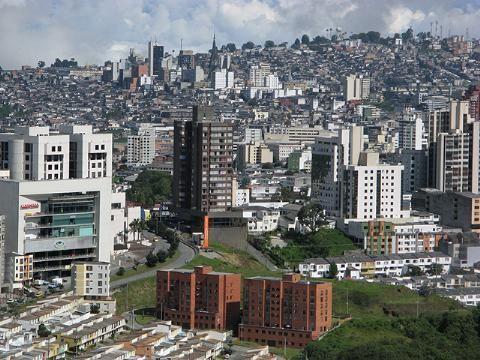Manizales, Caldas, Colombia
Suggest Place to Visit
1796
Track to location with GPS |
 |
The lands on which the city of Manizales stands were inhabited in pre-Columbian times by quimbayas, weapons, ansermas, picaras, zopias, pàucuras and carraps.
In 1834, the Antioquia colonizer Fermín López established himself in the lands. [9] In 1849, a colonizing expedition arrived, known as the Expedition of the 20: Manuel María Grisales, José María Osorio, José María De La Pava, Antonio María Arango, Joaquín Arango, Victoriano Arango, Pedro Arango, José Pablo Arias, Silverio Buitrago, Antonio Ceballos, José María Correa, José Joaquín Echeverri, Nicolás Echeverri, Alejandro Echeverri, Esteban Escobar, Vicente Gil, Vicente Giraldo, Marcelino Palacios, Antonio Quintero and Benito Rodríguez, who founded the city on October 12, 1849. It was soon erected as Parish District of Manizales.
In 1869, during the administration of Mr. Alejandro Gutiérrez Arango, the plots were distributed and the land was given to the first settlers of the city, after a long and violent lawsuit against the González y Salazar company, heirs of the Aranzazu Concession, owner of the land where most of the towns in the north and in the center of the department of Caldas were built. The city soon became an educational center and around 1880 it was an industrial center with a typical Antioquia culture in which coffee was established as the basis of the regional economy.
It acquired importance in the numerous civil wars that occurred in Colombia. It was a stronghold of conservative Antioquia and only on one occasion was it occupied by the Caucasian liberals. Hence, the city received the nickname Nido de Aguilas. Their impact, paradoxically, increased its importance as a center of commerce and communications.
Since 1885 the idea of creating this department had been supported by local and national civic leaders. Thus, in 1905 the department of Caldas was born and the city of Manizales, which by then was the second city of Antioquia, became the capital of the new department. This contributed to improving the means of locomotion and communication, taking the city to the zenith of its development. By then, the city had about 25,000 inhabitants, who in 20 years would double to 50,000. In this period, education, culture and industrial development are promoted.
Around 1927, two big fires shook Manizales, consuming its old cathedral, after which the parish of Cyprus is built. In the words of Aquilino Villegas, civic leader, ´´a cathedral that does not succumb to fire´´ is made and thus its main symbol, the Basilica Cathedral of Manizales, is built. A decade later, the industry begins a decline, which will be overcome in 1945. In 1943 the first University, that of Caldas, began its activities.
A part of the little-known history of the city and of the entire region in general is the colonization and settlement of people from the Cundiboyacense highlands during the first half of the 20th century, bringing and incorporating the traditions of this region to those of the natural landscape. As an example, there is the church of Chiquinquirá where, annually, along with this Boyacá town, the festivities and celebrations of the ´´Patrona de Colombia´´ are held.
In 1951, due to delays in preparations, Manizales celebrated its centennial.
In the 1960s, the Gran Caldas disintegrated, made up of the current departments of Caldas, Quindío and Risaralda, and the city continues to be dependent on the coffee economy.
Manizales suffered the attacks of an earthquake in 1979 whose epicenter is the North of the Valley and which caused serious damage. Then, in 1985, the tension was maintained by the eruption of the Nevado del Ruiz Volcano, which ended with the Armero tragedy.
By 1990 the city saw that it could not continue depending on the unstable coffee market and began a development plan. Manizales is currently part of industrial and commercial projects, as well as an event hub.
In 1999 it celebrated its 150th anniversary amid parades and festivities.
Manizales is the capital of the department of Caldas. It is a city in the western center of Colombia, located in the Central Mountain Range, near the Nevado del Ruiz. It is part of the so-called Paisa Region and the so-called Golden Triangle, with a population of approximately 420,000 inhabitants according to official demographic projections for the year 2009. It is part of Risaralda, Quindío, the North of the Valley and the Southwest of Antioquia. called Colombian Coffee Axis.
Founded in 1849 by colonists from Antioquia, today it is a city with great economic, industrial, cultural and tourist activity. It also stands out for its cultural activity, in which its annual Fair, the International Theater Festival and numerous shows and conventions stand out.
Manizales is called the ´´City of Open Doors´´. It is also known as ´´Manizales del Alma´´ due to a bullfighting paso double that bears his name
The origin of the name Manizales is different from most other cities in Colombia. Most derive from historical circumstances, saints, illustrious people, or indigenous names. This name comes from the abundance of the so-called "peanut stones", which are gray granite rocks, composed of mica, feldspar and quartz.
A set of these stones of ´´maní´´, would be called manizal
Therefore, Manizales means: set of peanut stone sets. Just as it is said that in the Valle del Cauca there are canyons, in the city of 1849, they speak of ´´manizales´´.
The above has become a tool that is applied in the city, thanks to the establishment of a rain monitoring network. After October and April, which are the rainiest months of the year, when the accumulated rains of the last 30 days reach critical levels of 200 and 300 mm, the authorities decreed the yellow and red alert in the city. Landslides usually occur in November and May, especially during “La Niña” years, since it is the average temperature of the Pacific Ocean that determines the climate in the region.
Despite being a rainy city, climate change has caused the temperature of the city to increase progressively. Today it is observed that the extent of the Nevado del Ruiz glacier, which in 1979 reached 20 km², has been reduced by half after 25 years.
Manizales is an eminently cultural and diverse city in this sense. There are several libraries among which are those that belong to different universities. In terms of museums, the following stand out: the Banco de la República Gold Museum, in which various pre-Columbian pieces are exhibited; The Museum of Natural History (University of Caldas); the Museum of Art (University of Caldas); the Archaeological Museum (University of Caldas), the Botanical Garden (University of Caldas), the Museum of Natural History (University of Caldas) and the Museum of Science and Games (National University of Colombia). There are also exhibition rooms, among which the following stand out: the Pinacoteca de Bellas Artes; the Bank of the Republic; the Coffee Cultural Fund; the Caldas Art Museum; Family members; Caldense Institute of Culture and Exhibitions.
The Manizales Fair is the most representative cultural event in the city. Declared cultural heritage of the nation, activities such as the International Bullfighting Season take place there, with bullfighters from all over the world and which is carried out by tradition during the second week of January. Also in this fair takes place the International Coffee Reign (in which candidates from countries producing and / or consuming the grain), the great parade of nations and the magnificent parade of the carts of the dew. Within the framework of this fair, there is an exhibition of handicrafts and a fair of specialty coffees in the premises of thought. Usually on the first night, a fireworks show is held in the San Rafael area or in the Morro de Sancancio as an opening. The National Festival of La Trova and Tango Vía are also held.
On the other hand, the following stand out on the national scene as writers: Eduardo García Aguilar, novelist; Adalberto Agudelo Duque, poet and novelist; Octavio Escobar Giraldo, novelist and Orlando Mejía Rivera, novelist.
Comments
We don´t have yet any comments about:
Manizales
Manizales
Be the first to leave a comment as it is very important to inform other people
Outros locais a visitar
Within a radius of 20 km from:Manizales
Parco Caldas |
| 2,4 Km |
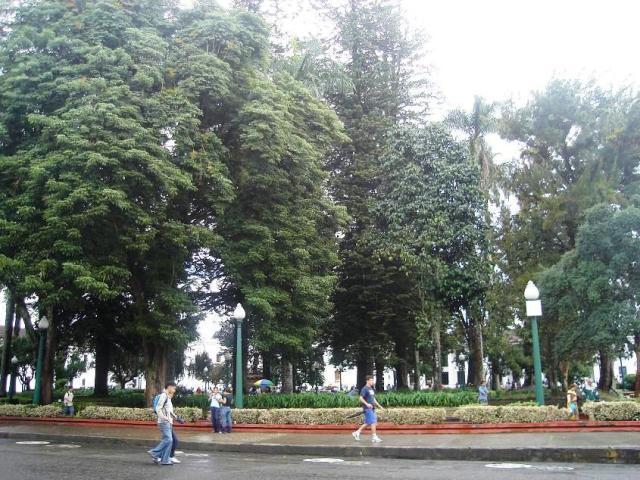 |
Basilica Cattedrale di Manizales |
| 3,8 Km |
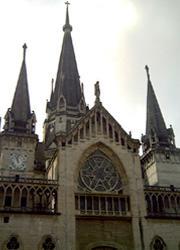 |
Villamaria |
| 6,8 Km |
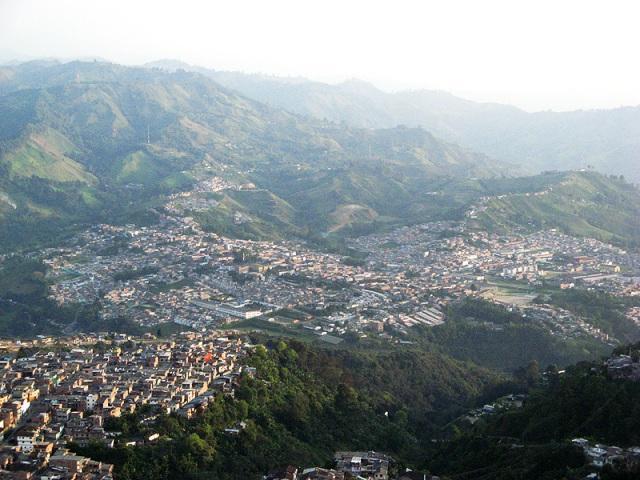 |
Santagueda |
| 15,3 Km |
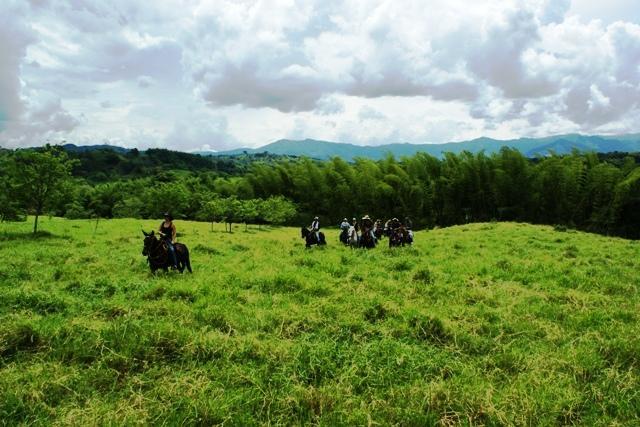 |
Hotel reservation near Manizales within a radius of 20 km
Why to book with ROTTA TURISTICA
The best prices
Our partnerships with the world´s largest operators offer research on the best market prices.
More options
At Rotas Turisticos you can book the hotel, buy the air ticket, book the transfer from the airport to the hotel and vice versa, book the local excursions, rent the car, take travel insurance and consult the places to visit and where to go.
Holiday Tips & Destinations
Hundreds of holiday destinations with all the options that allow you to easily choose the destination that best suits your dream vacation.
ROTTA TURISTICA
Links


